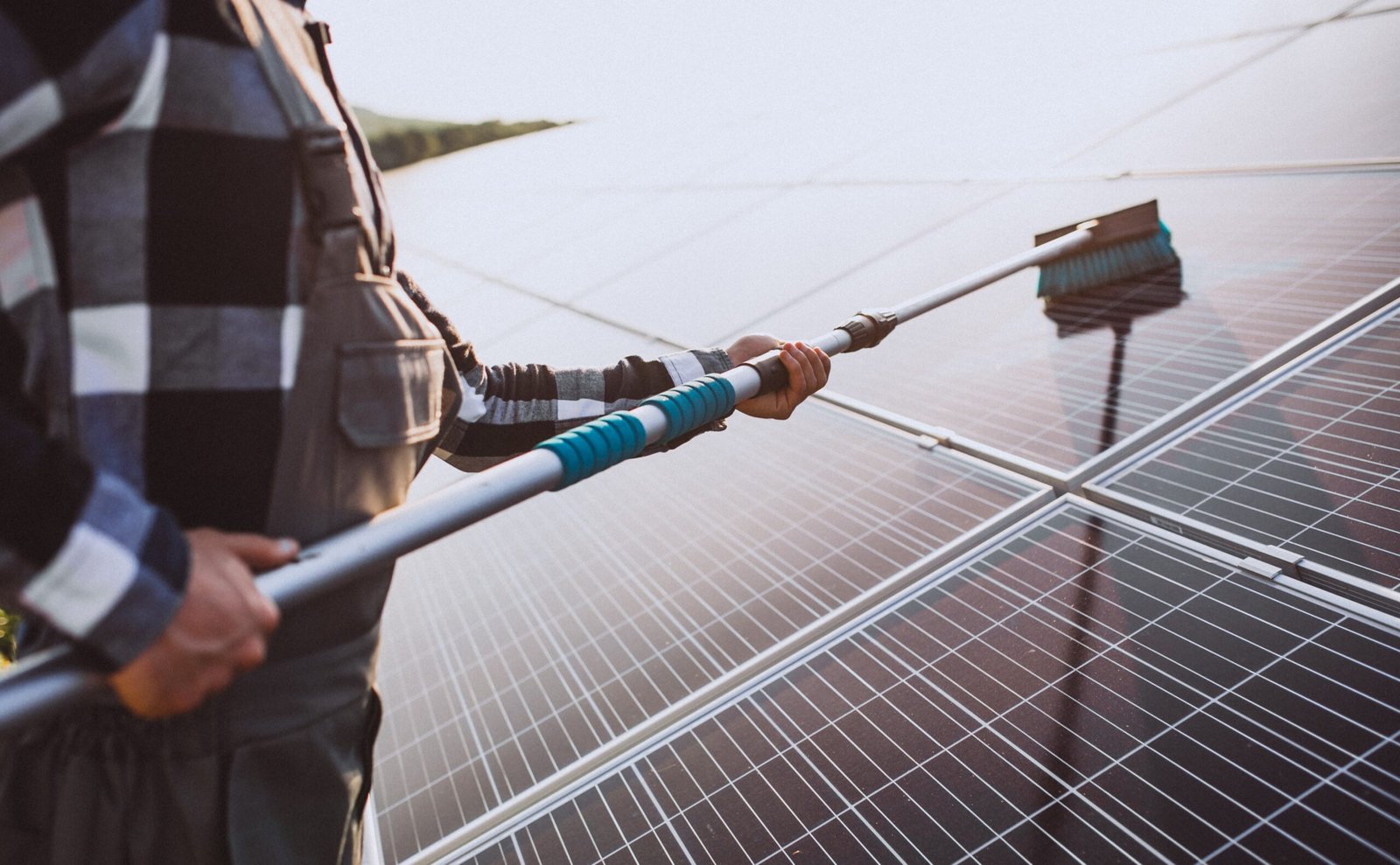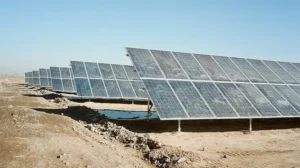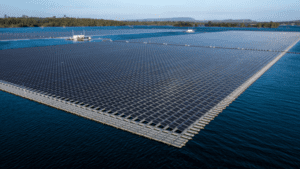In the pursuit of maximizing solar panel efficiency, effective cleaning is paramount. We present a comprehensive guide that surpasses conventional advice, ensuring your solar panels remain pristine for optimal energy production.
Choosing the Right Water for Cleaning
When it comes to cleaning solar panels, water quality is paramount. Our recommended choice is Reverse Osmosis (RO) water, offering unparalleled purity. In the absence of RO water, opt for rainwater or tap water with low mineral content (total hardness less than 75 mg/L). Hard water, laden with minerals, can leave detrimental residues on the glass surface, diminishing sunlight penetration. Ensure water quality aligns with these guidelines for a spotless clean.
Controlling Water Pressure: A Crucial Element
Maintaining the ideal water pressure during cleaning is crucial for panel integrity. Aim for a pressure not exceeding 35 Bar at the nozzle. The nozzle, acting as a pressure control mechanism, determines the force with which water hits the solar panels. With various nozzle attachments available, including those for cleaning fluid, choose wisely to optimize pressure settings. This approach prevents potential damage and ensures a thorough, yet gentle, cleaning process.
Temperature Synchronization
Harmony between water temperature and solar panel temperature is imperative to prevent thermal shock. Ideally, the water temperature should closely match that of the panels, with a maximum acceptable difference of 20 degrees. Cleaning during low light conditions, such as after sunset or before sunrise, is advisable. This minimizes the risk of electrical shock hazards, as solar power production is at its lowest during these periods. Additionally, cooler panels reduce the likelihood of abrupt temperature changes, mitigating the risk of glass cracking.
Timing Matters: Cleaning During Low Light Conditions
To optimize safety and efficiency, solar panel cleaning should be undertaken during low light conditions. Cleaning during periods of minimal power generation, such as after sunset and before sunrise, ensures a lower risk of electrical shock hazards. The panels are also cooler during these times, aligning closer to ambient temperature, reducing the likelihood of temperature differentials between the panels and cleaning water.
Tackling Stubborn Stains: Gentle Techniques for Panel Preservation
Addressing stubborn stains on solar panels requires a delicate touch. Begin by soaking the stain with a stream of water. Utilize a soft sponge, micro-fiber cloth, or a non-conductive, non-abrasive brush for gentle cleaning. Avoid scratching or scrubbing, as this could irreversibly damage the Anti-Reflective Coating (ARC) on the glass surface. For persistent stains, consult your panel installer or manufacturer for approved cleaning agents, ensuring the longevity of your solar panels.
Panel Back-side: Minimal Maintenance Required
Unlike the front surface, the backside of solar panels requires minimal routine cleaning. Specific cleaning may be necessary if dirt or debris is observed. Use only a soft sponge or micro-fiber cloth, steering clear of sharp objects that could damage the material. Exercise caution to prevent slits that could compromise panel integrity.
Remember, the longevity and efficiency of your solar panels depend on meticulous cleaning practices. Implementing this comprehensive guide ensures your panels remain in optimal condition, contributing to sustained energy production.
For those seeking a hassle-free alternative to manual cleaning, consider the cutting-edge TAYPRO AMS waterless cleaning robot. Say goodbye to the intricacies of water quality, pressure adjustments, and timing considerations. TAYPRO AMS offers an innovative and efficient solution, ensuring your solar panels stay impeccably clean without the associated challenges. Invest in the future of solar panel maintenance with TAYPRO’s waterless cleaning robot for a seamless and effective cleaning experience.
This guide, surpassing conventional wisdom, equips you with the knowledge to elevate your solar panel cleaning routine, ensuring sustained energy production and prolonged panel life.





